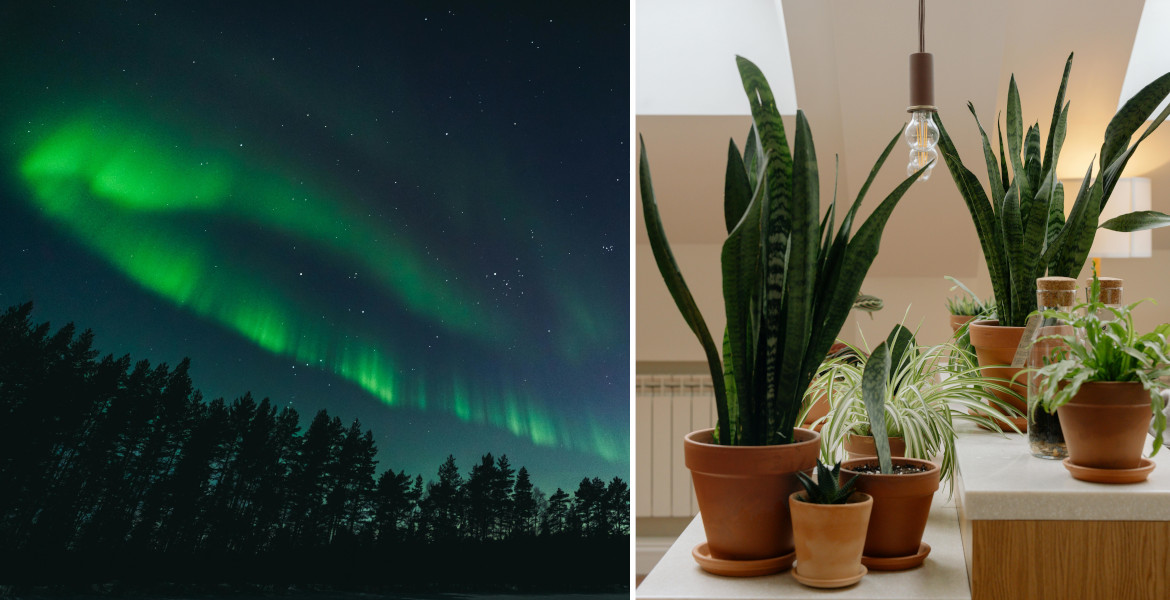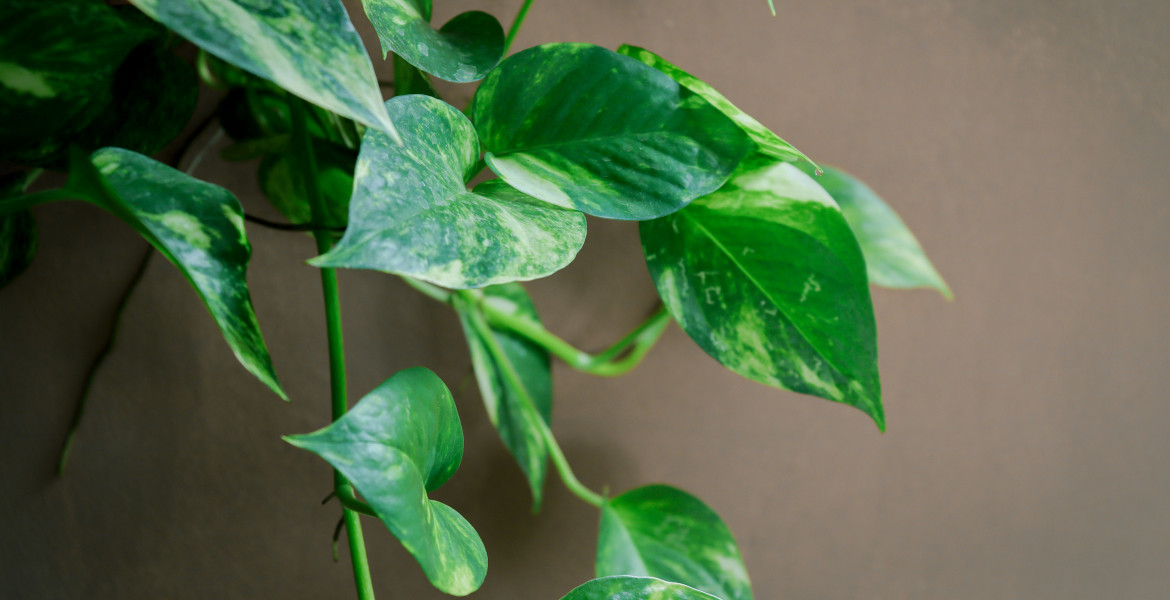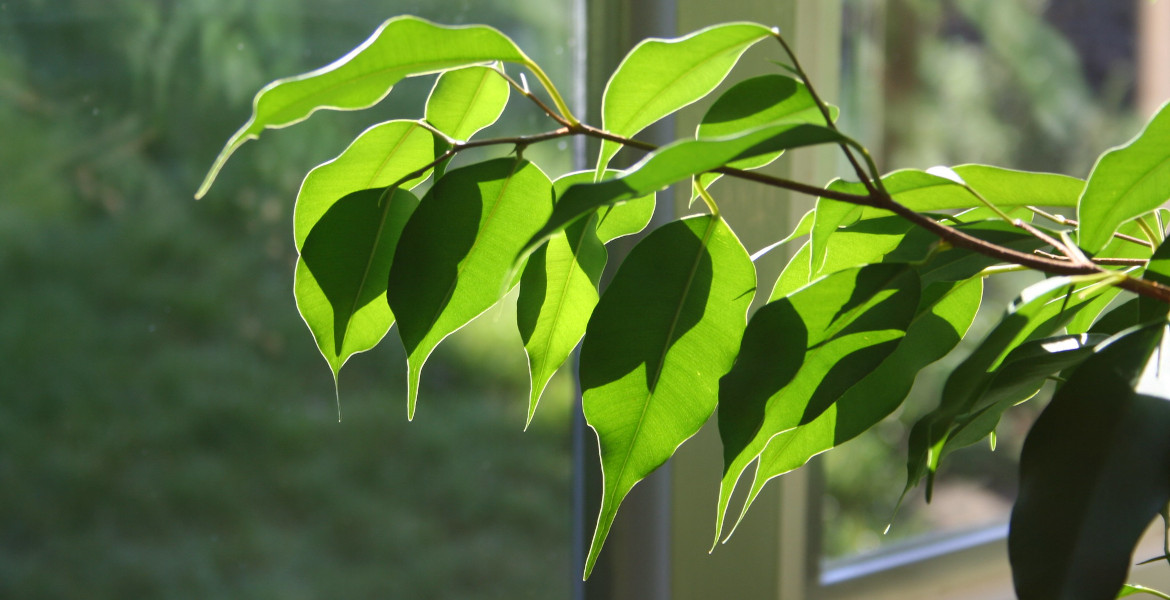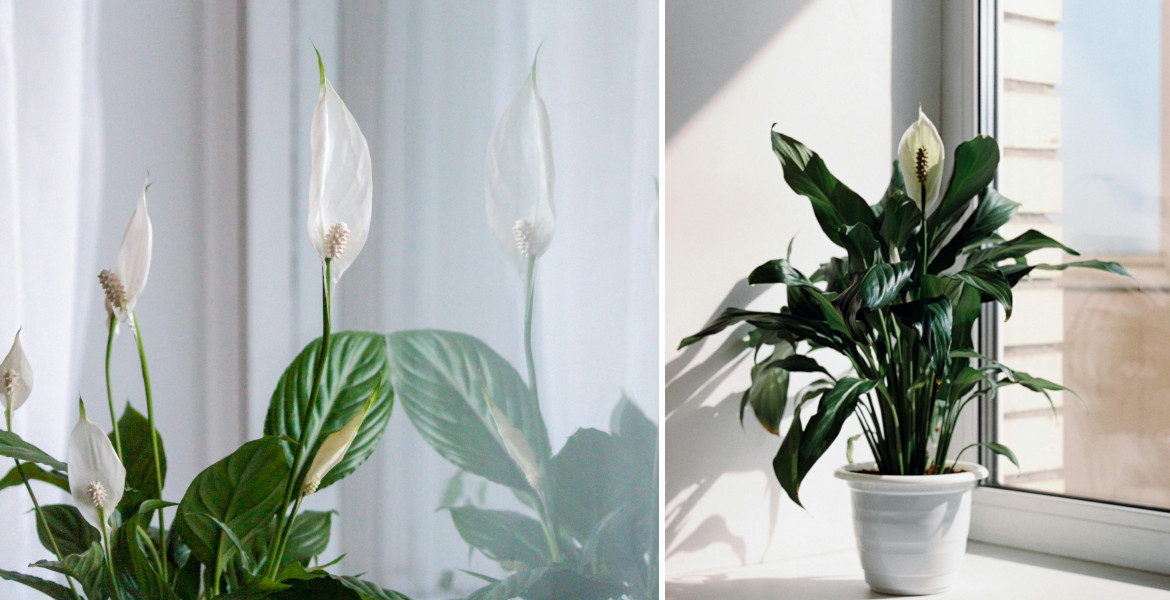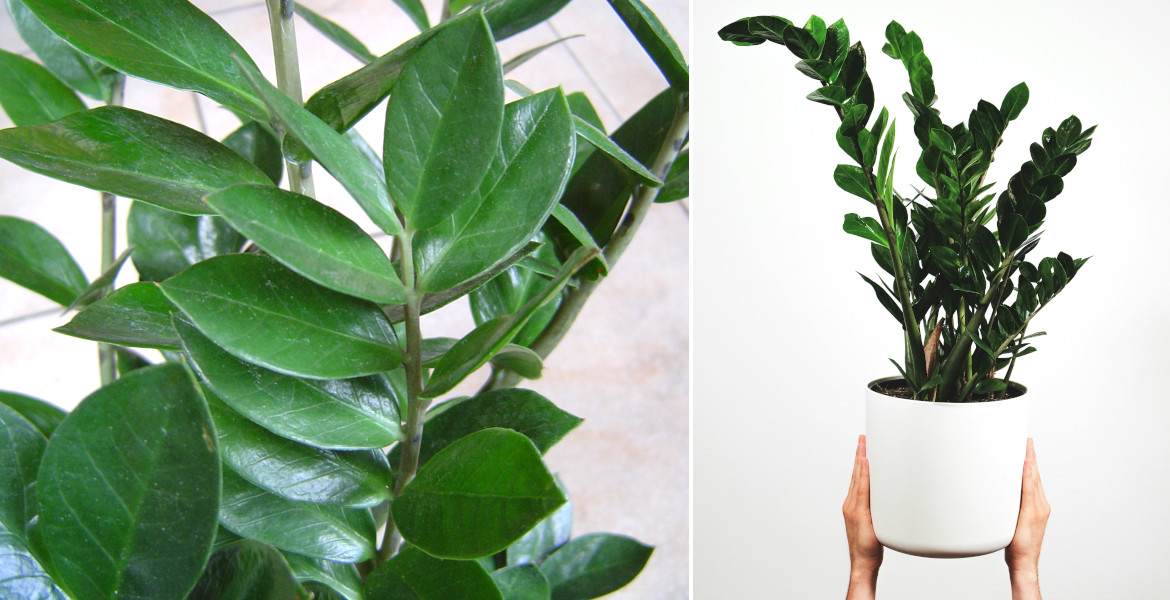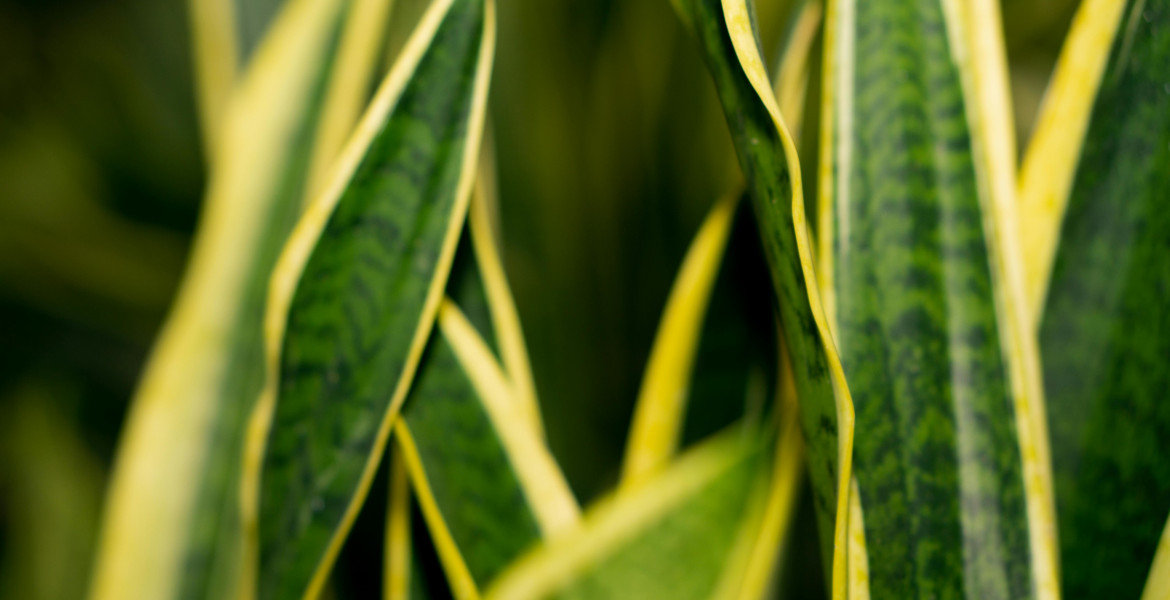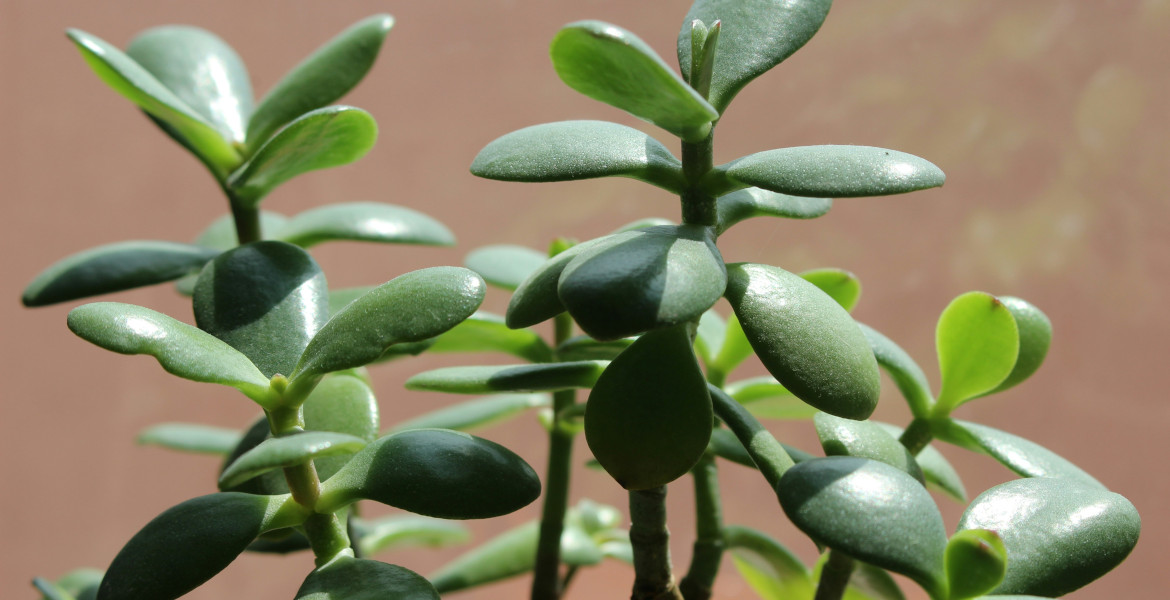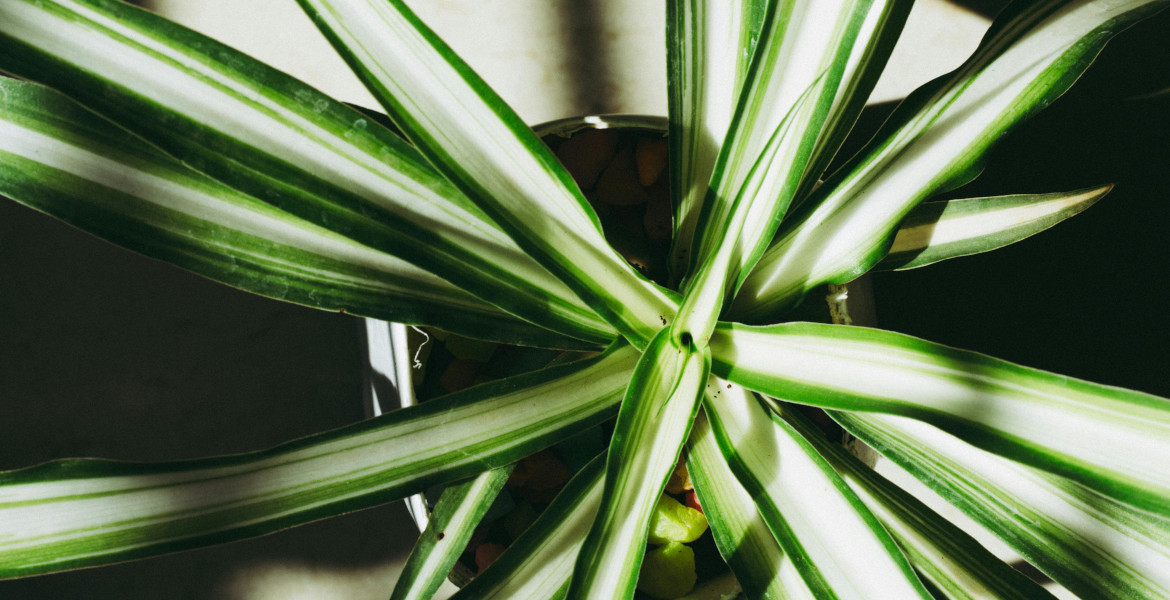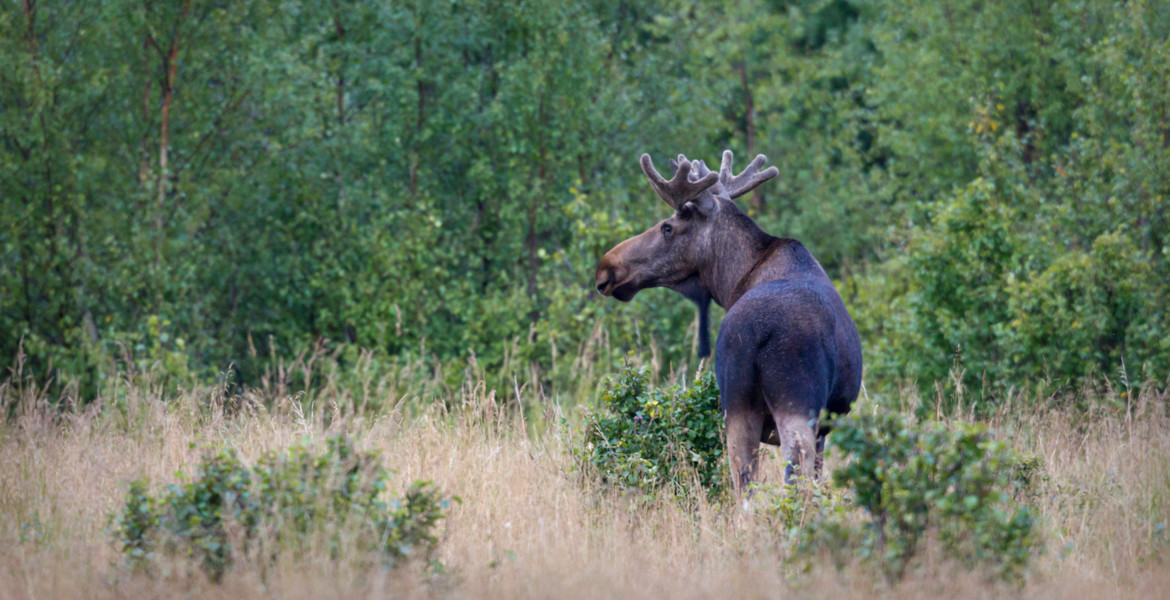Spring has arrived and soon it is time to grow potatoes. Potatoes are not only a versatile food but also easy to grow without access to land or even a garden.
The potato is an often underrated food that sometimes gets a bad rap because of its high carbohydrate content, which many diets argue against eating. However, many argue that the body actually needs these carbohydrates and potatoes also contain nutrients such as vitamin C, potassium and vitamins B3 (niacin) and B6.
It is also a relatively cheap food to buy, but has recently increased in price like many other things. Thankfully, it's not difficult to grow yourself and you don't need a field-sized plot to grow a bunch of your own.
Difference between north and south
Exactly when it is time to start growing potatoes differs depending on where you live. Generally speaking, potatoes are planted in mid-April in the south of Sweden and in mid-May in the north. The soil needs to be warm enough before the potatoes are planted. Setting them down too early can increase the risk of disease.
Varieties to choose from
There are about 2500 different potato varieties in the world and about 100 of them are grown in Sweden. For simplicity, they can be divided into three categories.
- Fresh potatoes. Fast-growing varieties often eaten at midsummer. Examples include Arrow, Maria or Rocket. These cannot be stored and should be eaten freshly harvested.
- Summer and fall (early) potatoes. Should preferably not be stored for a longer period, but eaten in the fall. Examples include Ukama, Princess and Maris Bard.
- Autumn and winter potatoes. These can be stored for a longer period of time. Examples include Annabell, King Edward and Folva.
If you have the opportunity, it's best to grow a little bit of each type to have access to fresh potatoes during the summer and fall and to be able to store them during the winter.

Start in the right way
Start by buying seed potatoes. Do not let the potatoes from the supermarket sprout and plant them as there is a risk of them carrying diseases. Instead, buy so-called certified seed, in other words, seed potatoes that are approved and thus safe to grow on. Once you have bought your seed potatoes at home, you can place them on trays or in egg cartons in a bright room to grow for a few weeks, which gives a faster harvest. So remember to buy your seed potatoes a few weeks in advance.
A seed potato should be about five centimeters long, but if you buy larger ones you can also split them. Let the cut surface dry for a few hours beforehand and make sure that both sides have sprouts. The soil should preferably be lean and well-drained, and some say it's good to add sand to the soil, but it's not essential. It is also a good idea to fertilize the soil before planting, according to Land magazine.
If you have access to making a potato field, or already have one, that's great. However, contrary to what many people think, it is not a must. In fact, there are several different ways to grow potatoes, even if you can't be bothered to dig or even buy a pallet collar.
- In a pot. Make sure that there are holes in the bottom and put pebbles, or LECA, in the bottom. Perfect for the balcony but requires more watering than planting directly into the ground.
- In a box. It doesn't have to be a perfect pallet collar, but some kind of box built from anything. It can also be used as a kind of compost bin where you can throw in various garden waste which then becomes new soil.
- In a garbage bag. Use an empty soil bag or large garbage bag and make a few holes in the bottom. When it's time to harvest, you can easily cut open the bag and the potatoes will fall out.
- Directly on the ground. For those who want to minimize effort, you can throw out some seed potatoes in a place you do not use, throw over old leaves or straw, for example, so that it covers properly from the sun. Then gradually continue to throw over weeds and the like if the potatoes emerge. The grass underneath will have died in the fall and it will then be easy to make a growing bed on the site.
How densely you should plant the potatoes varies slightly and depends on the land and growing technique. In general, fresher varieties require less space, around 20-30 centimeters, and later varieties more, up to 60 centimeters. The longer the distance, the less risk of late blight.
Water and maintain an even humidity throughout the growing season. You may also need to top up the soil as you do not want the potatoes to be exposed to the sun. The sun turns potatoes green and causes them to develop the toxic substance solanine.

When the potatoes are ready
When the potatoes are ready varies, of course, depending on the variety. Generally speaking, fresh potatoes should be harvested when the leaves are green and winter potatoes should be left in the ground longer until the leaves have withered, which gives them a thicker skin and a longer shelf life. It usually takes about three months from planting to first harvest, but it can be done in less time. The best thing to do is to put your hand down and feel for yourself how big the potatoes are. If they feel small, you can wait a few weeks and then check again.
Storage
A root cellar is ideal, but it is also possible to store potatoes in the cellar or garage in a box or paper bag that does not let light in, as long as there is no frost. You can also make a hutch or overwinter them in the soil.
Do not throw away any green potatoes, but save them separately and use them to make your own seed potatoes for the next season. If you didn't get any green ones, you can still save potatoes for planting, both early and late varieties. However, do not save any that are infected and let them dry for a while before putting them in a box or paper bag. In spring, you can take them out and put them in a bright place in order to liven them up.


